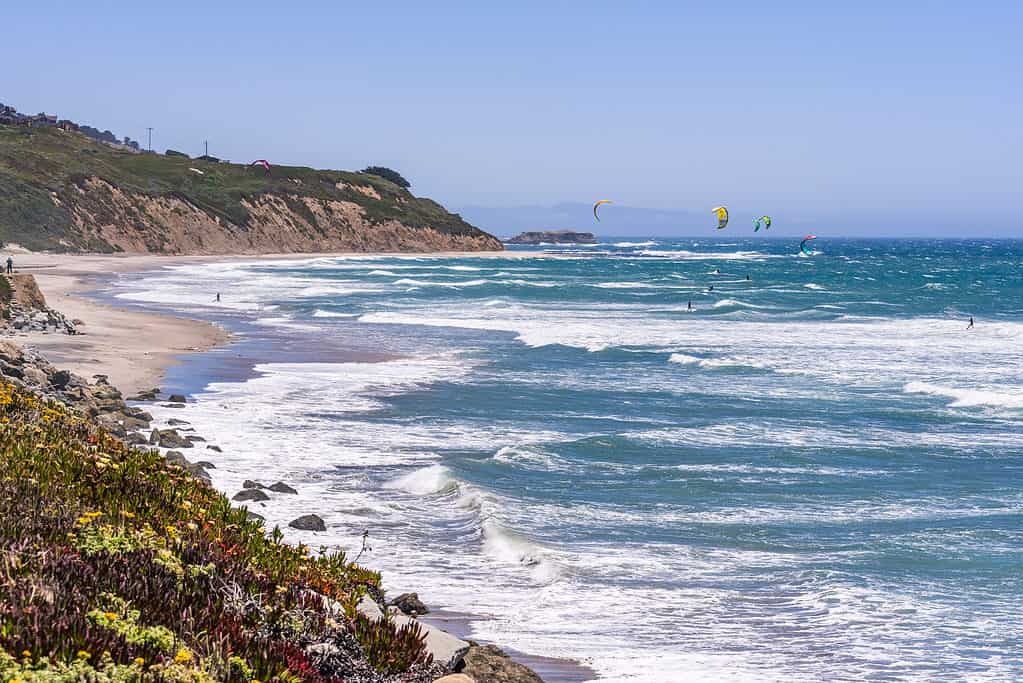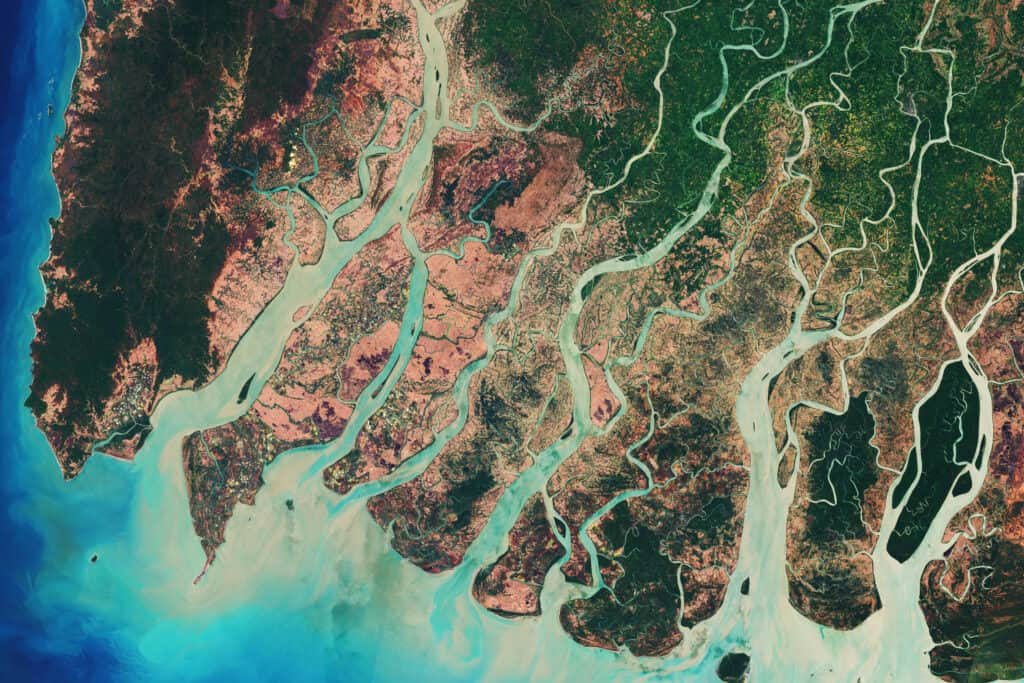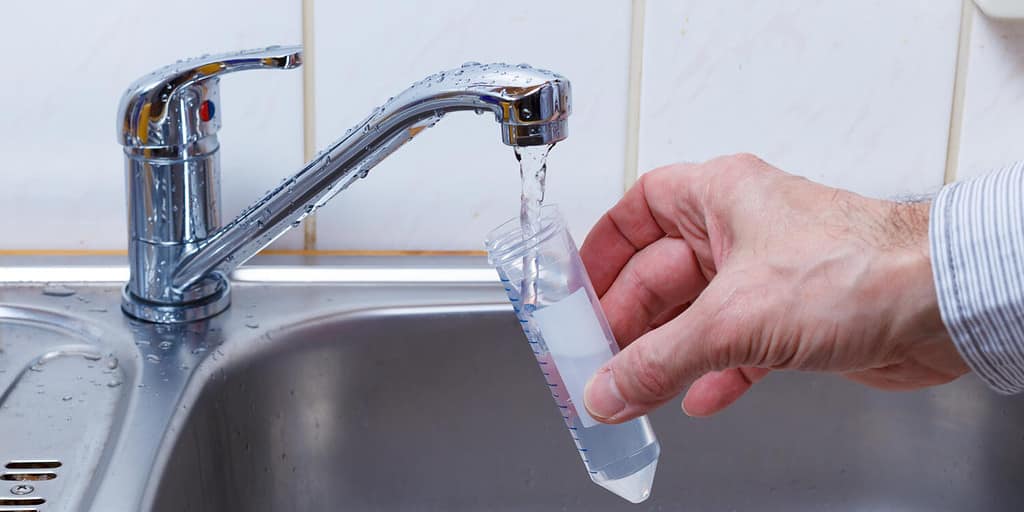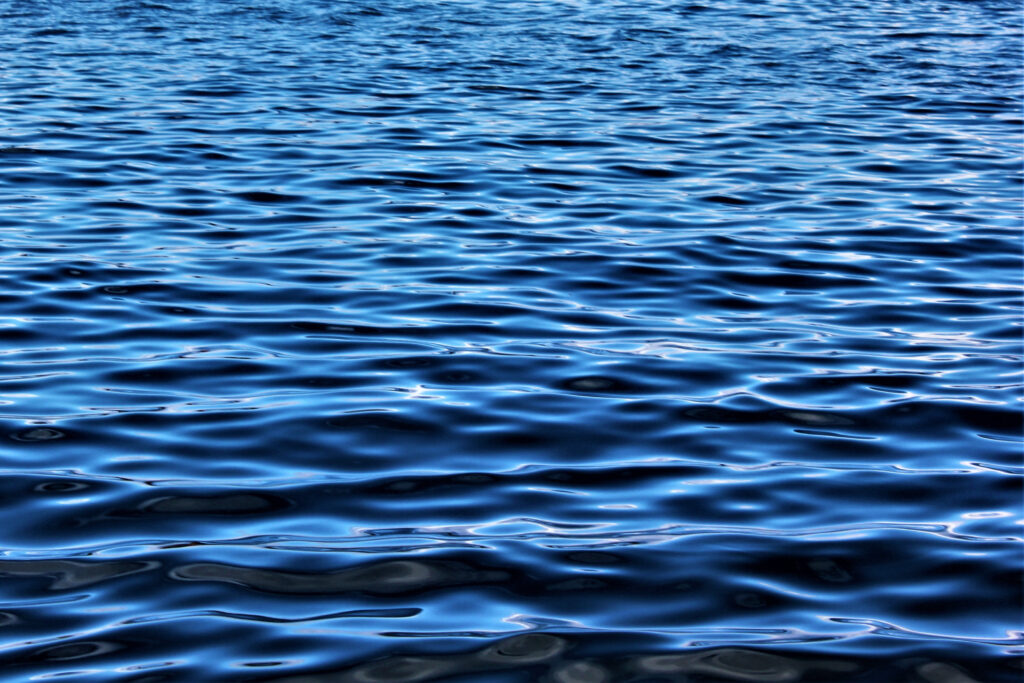Water is one of the most important elements on Earth, and it’s essential for life as we know it. But where does all this water come from? Is there really water on Earth, and what is it made of? Let’s find out!
Is There Water On Earth?

The Pacific Ocean coastline is close to Santa Cruz, California; Nearly 70% of the surface of the Earth is covered by enormous saltwater oceans.
©iStock.com/Sundry Photography
For most humans the answer to this question is obvious; yes, there is indeed water on our planet! According to recent estimates, about 71 percent of the Earth’s surface is covered by water. That means over 326 million cubic miles (1,386 million cubic kilometers) are available for us to use or explore!
Where Does All The Water On Earth Come From?
The majority of the liquid found here comes from two sources: oceans and rivers. Oceans are vast bodies of saltwater that cover nearly 70% percent of the Earth’s surface. Rivers are freshwater streams that carry melted snow or rainwater down mountainsides into lakes or other bodies like seas or oceans.
Of this vast body of liquid, 97% is salt water found in oceans and seas around the world; including glaciers (ice caps) located at high altitudes near both poles. Only 3% is freshwater which can be used for drinking or irrigation purposes.
Where Is All This Water Located?

River deltas are landforms created from rivers as they dispose sediment.
©lavizzara/Shutterstock.com
Water is found in many forms on our planet, including oceans, rivers, lakes, and underground aquifers, as well as in the atmosphere as water vapor. The majority of the water on Earth is scattered all around the planet, breaking up our land. The process of water breaking up the earth’s land is called erosion. Erosion occurs when moving water, wind, ice, or other geological agents dislodge and remove soil and rock particles from one place and move them elsewhere.
Erosion can create cracks and crevices in rocks, and plants can play a role in erosion by breaking up earthen materials as they take root. Glaciers can also erode land by breaking off and melting into the ocean, creating icebergs. Overall, erosion is a natural process that has shaped the earth’s landscape over time.
It’s not just on land that we find abundant amounts of H2O either – much more exists beneath the surface as groundwater reserves too! This hidden source provides an invaluable resource that helps support billions of people with their daily needs like drinking water and agriculture production.
What Is The Water On Earth Made Of?
Water molecules consist primarily of hydrogen atoms bonded with oxygen atoms forming a unique compound called H2O – hence why its chemical symbol looks like “H2O”. This combination gives us a colorless but incredibly vital substance that sustains life across many species living here today—including humans!
Do We Need Water To Survive?

We need water for bathing and cleaning in addition to drinking it to maintain our health.
©luchschenF/Shutterstock.com
Not only do we need drinking water to stay healthy but also use it for bathing/cleaning purposes too. It is a crucial component of many natural processes, such as the water cycle, which helps to regulate the Earth’s climate and maintain its ecosystems.
Has Water Always Been On Earth?
Water is a highly abundant substance in the known universe, and it’s thought that the water on Earth came from a variety of sources during the planet’s formation. Some theories suggest that water may have come from comets or asteroids that collided with Earth, while others suggest that the water came from the interaction of hydrogen and oxygen atoms in the rocks that make up the Earth’s mantle.
Regardless of its origin, water has played a crucial role in the development and sustainability of life on our planet and continues to do so today.
What Would Happen If We Lost Water On Earth?

There are many astonishing bodies of water on this planet.
©Floridian/Shutterstock.com
If all the water on Earth disappeared, life as we know it would cease to exist. Water is essential for many biological processes, including photosynthesis in plants and respiration in animals. Without water, most life forms on Earth would die out within a matter of days or weeks. The absence of water would also have a major impact on the planet’s climate, with extreme temperature fluctuations becoming much more common.
In addition, many geographic features of the Earth, such as oceans, rivers, lakes, and glaciers, would disappear, drastically altering the appearance of the planet. Overall, the loss of water on Earth would be catastrophic for both biological and physical processes on the planet.
In Conclusion
Next time you’re wondering if there’s actually any real “water” out there – rest assured knowing your question has been answered definitively: Yes – there certainly is water on Earth and it’s made up of hydrogen & oxygen atoms bonded together as h2o molecules. Water makes up a large portion of the earth, and it plays a vital role in sustaining life. So, next time you take a sip from your glass remember how important this precious resource really is – without it life simply wouldn’t exist!
The photo featured at the top of this post is © Viacheslav Lopatin/Shutterstock.com
Thank you for reading! Have some feedback for us? Contact the AZ Animals editorial team.







